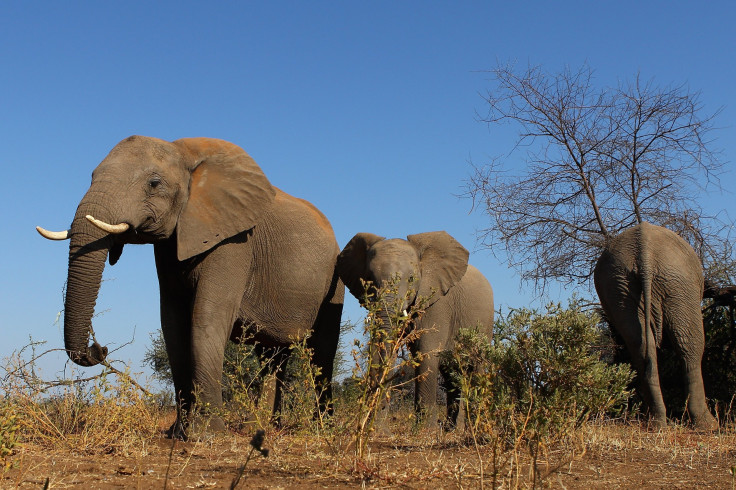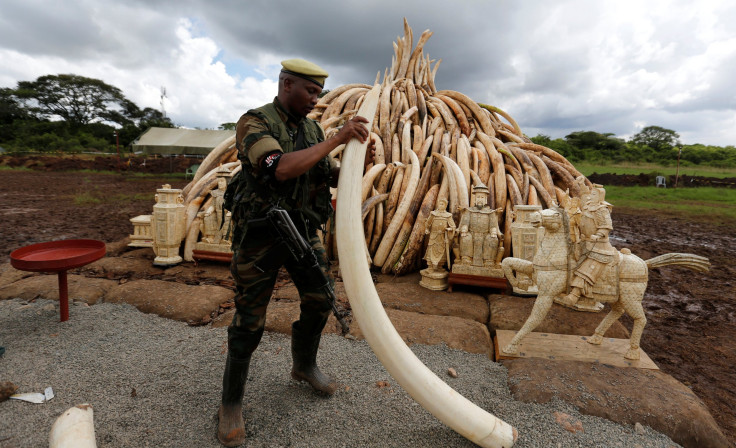African Ivory Trade: 25,000 Elephants Killed By Poachers In Single Gabon Sanctuary Park

Poachers in central Africa have killed 80 percent of elephants in a single sanctuary park, according to a study out this week. The rampant illegal ivory trade in the area caused the death of more than 25,000 African forest elephants in Gabon’s Minkebe National Park, one of the largest elephant sanctuaries in central Africa, between 2004 and 2014.
A study conducted by researchers at Duke University and published Monday in the journal Current Biology found that the number of elephants in the sanctuary recently reached roughly 7,000 — down from about 35,000 a decade ago.
“With nearly half of central Africa’s estimated 100,000 forest elephants thought to live in Gabon, the loss of 25,000 elephants from this key sanctuary is a considerable setback for the preservation of the species,” John Poulsen, assistant professor of tropical ecology at Duke’s Nicholas School of the Environment, said in a news release.
Forest elephants, a smaller subspecies of African elephants, are particularly vulnerable to extinction because their rainforest habitat has been decimated in recent years. The habitat range of forest elephants decreased from 3 million square miles in 1979 to just over 1 million square miles in 2007, according to the World Wildlife Fund, making sanctuary parks like Gabon’s Minkebe crucial to their survival.
Though the hiring of environmental guards and other precautionary measures have been implemented to protect Gabon’s elephants, the sheer size of the park and dense tree cover makes complete surveillance impossible. The park’s proximity to the road allows poachers from neighboring Cameroon to access the park and smuggle ivory out.
Poachers from Cameroon are mainly responsible for the decline in the park’s elephant population in recent years, the research suggested, because Cameroon's largest city, Douala, is one of the main hot spots for the world’s illegal ivory trade. Poulsen said for this reason, sanctuary habitats alone are not enough to protect elephants.
“To save Central Africa’s forest elephants, we need to create new multinational protected areas and coordinate international law enforcement to ensure the prosecution of foreign nations who commit or encourage wildlife crimes in other countries,” he said in the release.

© Copyright IBTimes 2024. All rights reserved.






















